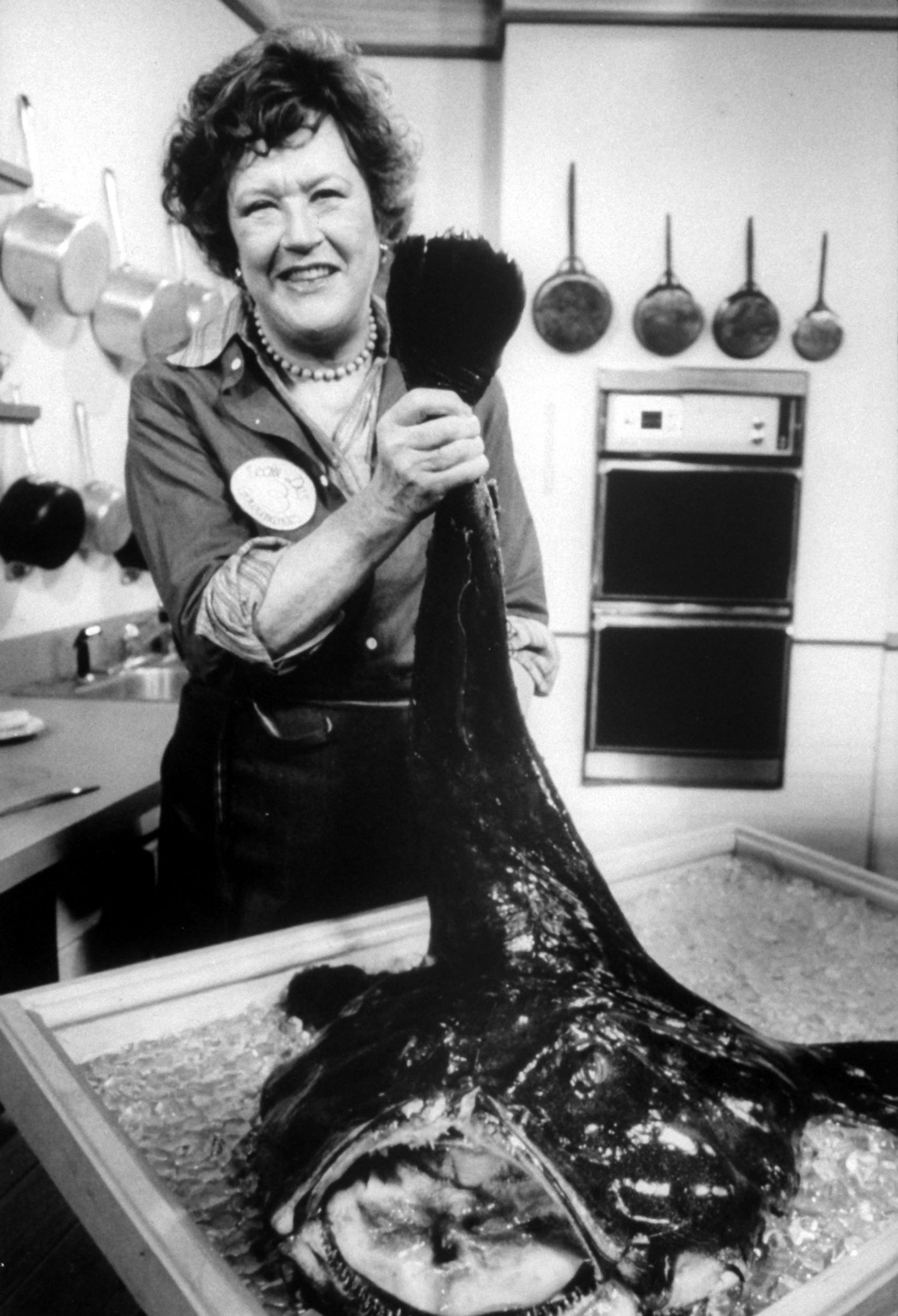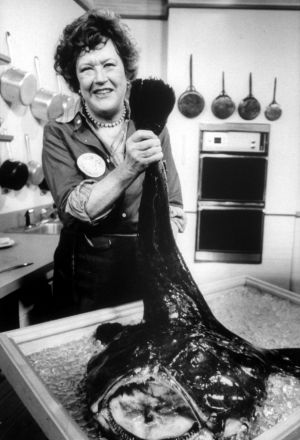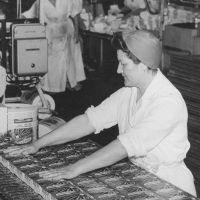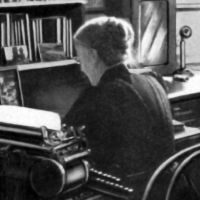Primary Source
From the introduction to the first edition of Mastering the Art of French Cooking:
This is a book for the servantless American cook who can be unconcerned on occasion with budgets, waistlines, time schedules, children's meals, the parent-chauffeur-den-mother syndrome, or anything else which might interfere with the enjoyment of producing something wonderful to eat.
We have purposely omitted cobwebbed bottles, the patron in his white cap bustling among his sauces, anecdotes about charming little restaurants with gleaming napery, and so forth. Such romantic interludes, it seems to us, put French cooking into a never-never land instead of the Here, where happily it is available to everybody. Anyone can cook in the French manner anywhere, with the right instruction.
"Too much trouble," "'Too expensive," or "Who will know the difference" are death knells for good food. . . . Cooking is not a particularly difficult art, and the more you cook and learn about cooking, the more sense it makes.
Train yourself to use your hands and fingers; they are wonderful instruments. Train yourself also to handle hot foods; this will save time. Keep your knives sharp. . . . Above all, have a good time.
From Mastering the Art of French Cooking, by Simone Beck, Louisette Bertholle, and Julia Child, (Knopf, 1963)









